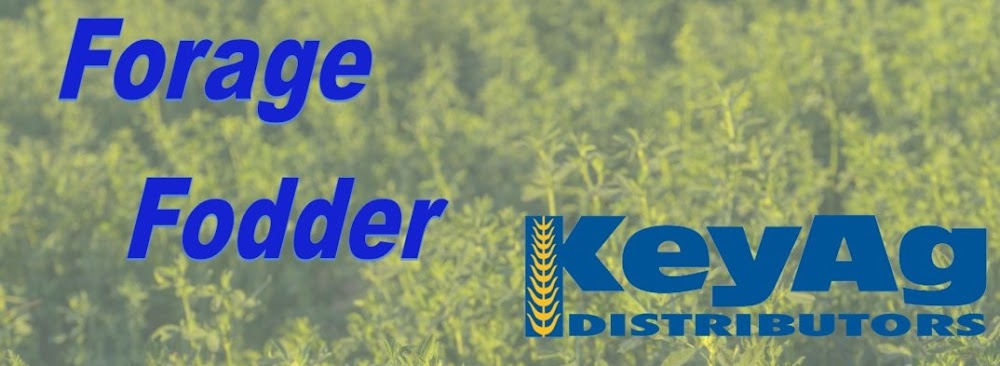Colorado—In the Dec. 21 report, compared to last report, trade activity was light on moderate demand. The bulk of activity remains in the horse hay markets. Horse hay sold mostly steady. Next report will be released Jan. 11.
Missouri—In the Dec. 21 report, compared to last report, hay movement remains active and demand is good. The supply of hay is light to moderate, and prices mostly steady. Winter has officially arrived however this years arrival is much milder than a year ago when temperatures were in the negatives with extreme wind chills. Although feeding is occurring for nearly everyone now, livestock producers are appreciative of the lack of any major or prolonged winter type weather so far.
Nebraska—In the Dec. 21 report, compared to last report, alfalfa and grass hay in the central and west areas sold steady to $10 lower. Eastern areas the hay market is steady. Ground and delivered hay and dehydrated alfalfa pellets steady. Demand was light to instance moderate. The best demand was in the south central and eastern areas of the state where the recent drought monitor continue to show extreme to exceptional drought. Many contacts stated there is quite a lot of available forage sitting in their fields or hay barns. Some producers continue to bale cornstalks to take the unwanted residue off the field. Next report will be released Jan. 4.
Oklahoma—In the Dec. 22 report, compared to the last report, demand remains low, and prices are steady. Next report will be released Jan. 5.
Texas—In the Dec. 15 report, compared to the last report, hay prices are mostly steady to firm across the majority of the regions with quality and freight being the largest determinants on price. Trading activity was moderate to active on good buyer demand. Recent rains in the south have boosted winter pastures with as a hard freeze hasn’t occurred yet. The panhandle and portions of north Texas received some rain and snow mix which should provide a much needed boost to emerging winter wheat crops. Next report will be released Dec. 29.
South Dakota—In the Dec. 14 report, compared to last report, alfalfa hay steady. Moderate demand for alfalfa, good demand for high quality grass to start calves on feed with. Very mild weather this again this week is reducing the need for supplemental feeding of beef cows. Beef cows are turned out on stalk fields east river, winter pastures west river. This mild winter season, so far, is really helping to stretch hay supplies. Dairy operators continue to deal with low milk prices and aren’t pushing the hay market because of it.
New Mexico—In the Nov. 24 report, compared to last report, alfalfa hay steady. Trade active, demand good. The the state is 73% complete with fifth cutting, 54% with sixth cutting. Most parts of the state are wrapping up harvest for the season. According to New Mexico Crop Progress report as of Nov. 12. Hay and roughage supplies improved slightly from the previous week but remained in worse condition than prior years. Hay and roughage supplies were observed to be 25% very short, 42% short, 30% adequate, and 3% surplus. At 14% very short, 37% short, 45% adequate, and 4% surplus, stock water supplies were on par with the 5-year average. This is the last report for the season, reports will resume in spring 2024.
Wyoming—In the Dec. 21 report, compared to last report, hay sales sold steady. Demand was light to instance moderate. Quite a lot of hay around in various places in the state. Best demand has been for small square bales in the western part of the state and for sun-cured alfalfa pellets in the east. Dairy operations continue to look for hay testing at 180 RFV or above but that has been hard to come by this year. Plus, dairies do not want to pay a lot on freight if they can help it. Mostly open winter so far in the state and cows can continue to graze winter feed sources and have not been needing any supplementation. Next report will be released Jan. 4.
Montana—In the Dec. 15 report, compared to last report, hay sold steady to weak. Hay sales were light again this week. Rancher to rancher sales continue to comprise most of the hay sales across the state. Hay supplies remain heavy as unseasonably warm weather and limited snowfall have kept cows from eating through excess hay. Many large producers remain in direct competition with ranchers who are selling off excess hay. Many ranchers are selling at $140-$150 delivered. Demand for hay to ship north to Canada has lightened as a strong dollar makes it more difficult to ship goods into Canada. One Canadian hay sale was reported again this week, however at lower prices than last week. Some sales were reported for tax purposes again this week as high calf prices have ranchers needing to spend money. Demand for straw is light as heavy straw supplies continue to be seen. Single loads of straw continue to move at steady money however sellers of straw are offering straw at large discounts to move volume.


No comments:
Post a Comment